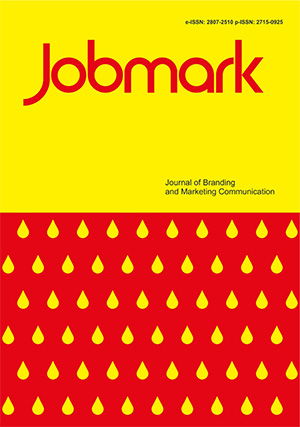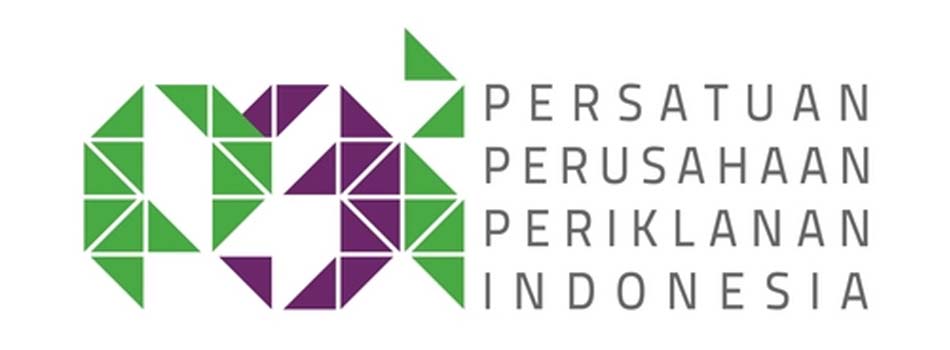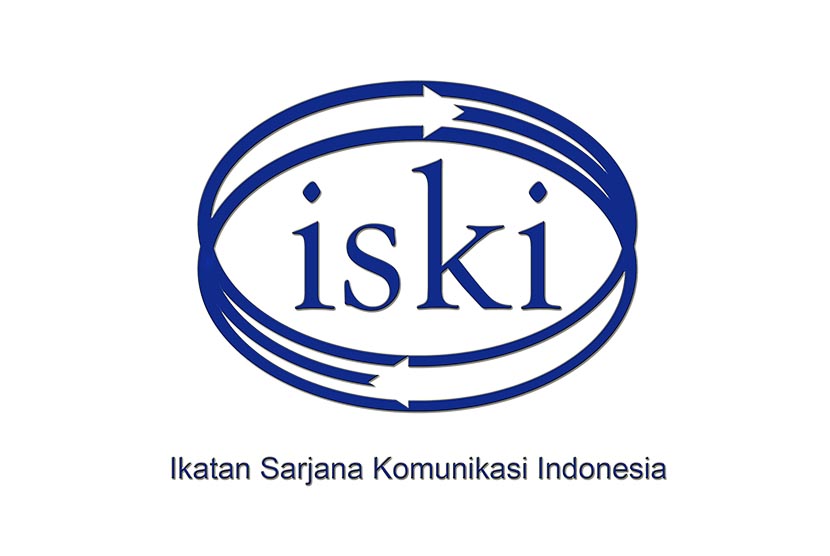AIDMA Model Analysis on Brand Activation and Engagement Program
The Case of Mad For Makeup BT21 Edition
DOI:
https://doi.org/10.36782/jobmark.v4i2.281Keywords:
Cosmetic Brand, Cosmetic Industry, Social Media, Brand Engagement, Local BrandAbstract
Mad For Makeup, a local cosmetics brand that collaborates with BT21, has adopted a Brand Activation and Engagement approach in its marketing efforts. This article analyzes the effectiveness of Mad For Makeup's efforts in implementing Brand Activation and Engagement strategies from the AIDMA Model perspective. Using a qualitative case study method, the results show that initiatives like the hashtag #MadForMakeupBT21 have achieved relatively high social media exposure, with 132.3 thousand views. In comparison, the hashtag #MadMetBT21 even reached 1.2 million views. Most participants involved in this research and connected to the AIDMA Model also support the argument that the Brand Activation and Engagement strategy implemented by Mad For Makeup BT21 Edition can be successful. This research provides valuable insight into how local cosmetics brands can leverage social media and implement effective marketing strategies to stay competitive in the cosmetics industry. Mad For Makeup's success is an example of how local brands can face competition from international brands in the ever-growing Indonesian cosmetics market.
Downloads
References
Badan Pusat Statistik. (2023, February 6). https://www.bps.go.id/pressrelease/2023/02/06/1997/ekonomi-indonesia-tahun-2022-tumbuh-5-31-persen.html
Barbalova, I. (2011). Global beauty and personal care: the year in review and winning strategies for the future. Euromonitor International, 12(3), 29–31.
Belch, G. E., & Belch, M. A. (2018). Advertising and promotion : an integrated marketing communications perspective,11th edition. McGraw-Hill Education eBooks. http://dspace.uniten.edu.my/handle/123456789/15733
Bucalo, A. (1999). Cosmetics and toiletries in Asia Pacific. Glob Cosmet Ind, 164(3), 32–36.
Costache, M. (2010). Book review: Eric Qualman, “Socialnomics: how social media transforms the way we live and do business.” Journal of Comparative Research in Anthropology and Sociology, 1(2), 225–228. https://www.ceeol.com/content-files/document-94582.pdf
Creswell, J. W. (1994). Research Design: Qualitative, quantitative, and mixed methods approaches. http://www.revistacomunicacion.org/pdf/n3/resenas/research_design_qualitative_quantitative_and_mixed_methods_approaches.pdf
DailySocialId, C. A. |. (2020, December 22). Mad For Makeup Melawan Industri Kecantikan Konvensional dengan “Co-creating” Produk Terjangkau | DailySocial.id. © 2023 Dailysocial.id. https://dailysocial.id/post/mad-for-makeup-melawan-industri-kecantikan-konvensional-dengan-co-creating-produk-terjangkau
Diaconu, L. (2014). The Foreign Direct Investments in South-East Asia during the Last Two Decades. Procedia. Economics and Finance, 15, 903–908. https://doi.org/10.1016/s2212-5671(14)00554-1
Dita. (2023, August 21). Mad for Makeup BT21: Kejayaan Makeup Collaborasi LINE Friends dan BTS - PerpusTeknik.com. PerpusTeknik.com. https://perpusteknik.com/mad-for-makeup-bt21/
Elfreda, J. (2020). How COVID-19 Boosted the Skincare Industry in Indonesia. Retrieved from https://brightindonesia.net/2020/10/28/how-covid-19-boosted-the-skincare-industry-in-indonesia/
Evans, D., & McKee, J. M. (2010). Social media marketing: the next generation of business engagement. https://library.pqm.co.id/index.php?p=show_detail&id=5433&keywords=
Febriani, E., Mariska, I. A., & Nasrida, M. F. (2023). Pemanfaatan media sosial bagi volume penjualan produk skincare dan kosmetik Derr Cosmetics. CEMERLANG Jurnal Manajemen Dan Ekonomi Bisnis, 3(2), 148–159. https://doi.org/10.55606/cemerlang.v3i2.1138
Hermanto, L., & Salindeho, M. (2021). Analyzing the Impact of BTS on Resolving the
Problem of Youth Mental Health. Jurnal Ilmu Sosial Dan Pendidikan, 5(2). Diakses dari http://ejournal.mandalanursa.org/index.php/JISIP/article/view/1801/1601
Hollebeek, L. D. (2011). Demystifying customer brand engagement: Exploring the loyalty nexus. Journal of Marketing Management, 27(7–8), 785–807. https://doi.org/10.1080/0267257x.2010.500132
Islam, N., Jdanov, D. A., Shkolnikov, V. M., Khunti, K., Kawachi, I., White, M., Lewington, S., & Lacey, B. (2021). Effects of COVID-19 pandemic on life expectancy and premature mortality in 2020: time series analysis in 37 countries. BMJ, e066768. https://doi.org/10.1136/bmj-2021-066768
Keller, K. L. (1993). Conceptualizing, measuring, and managing Customer-Based Brand Equity. Journal of Marketing, 57(1), 1. https://doi.org/10.2307/1252054
Kemenperin. (2023, September 11). Perkembangan industri kosmetik nasional. Direktorat Jenderal Industri Kimia, Farmasi, Dan Tekstil. http://ikft.kemenperin.go.id/perkembangan-industri-kosmetik-nasional/
Molina-Prados, A., Muñoz-Leiva, F. and Prados-Peña, M.B. (2022), "The role of customer brand
engagement in the use of Instagram as a “shop window” for fashion-industry social commerce", Journal of Fashion Marketing and Management, Vol. 26 No. 3, pp. 495-515. https://doi.org/10.1108/JFMM-12-2020-0275
Pizarro, R. (1999). Comparative analysis of regionalism in Latin America and Asia-Pacific. RePEc: Research Papers in Economics. http://asiayargentina.com/pdf/211-pizarro.pdf
Priherdityo, E. (2017, April 29). Tujuh Hal yang Harus Diketahui soal BTS. hiburan.
Retrieved June 12, 2022, from https://www.cnnindonesia.com/hiburan/20170429170344-227-211126/tujuh-hal-yang-harus-diketahui-soal-bts
Siregar, H. R. (2023). FUNGSI KAMPANYE DIGITAL MELALUI MEDIA SOSIAL DALAM
MENINGKATKAN BRAND IMAGE MAD FOR MAKEUP DI KOMUNITAS REBEL SENATOR. Skripsi(S1) thesis, FISIP UNPAS. http://repository.unpas.ac.id/id/eprint/63288
Yin, R. K. (1994). Case study research: Design and
methods. London: Sage.
Yip T., Wang Y., Mootoo C., Mirpuri S. (2019). Moderating the association between
discrimination and adjustment: A meta-analysis of ethnic/racial identity. Developmental Psychology, 55, 1274–1298. https://doi.org/10.1037/dev0000708



















